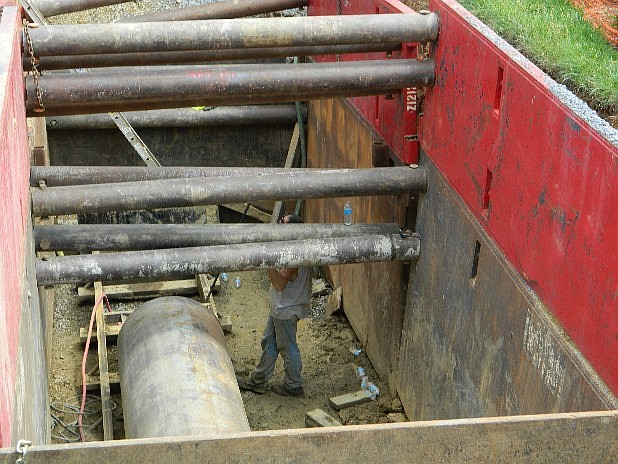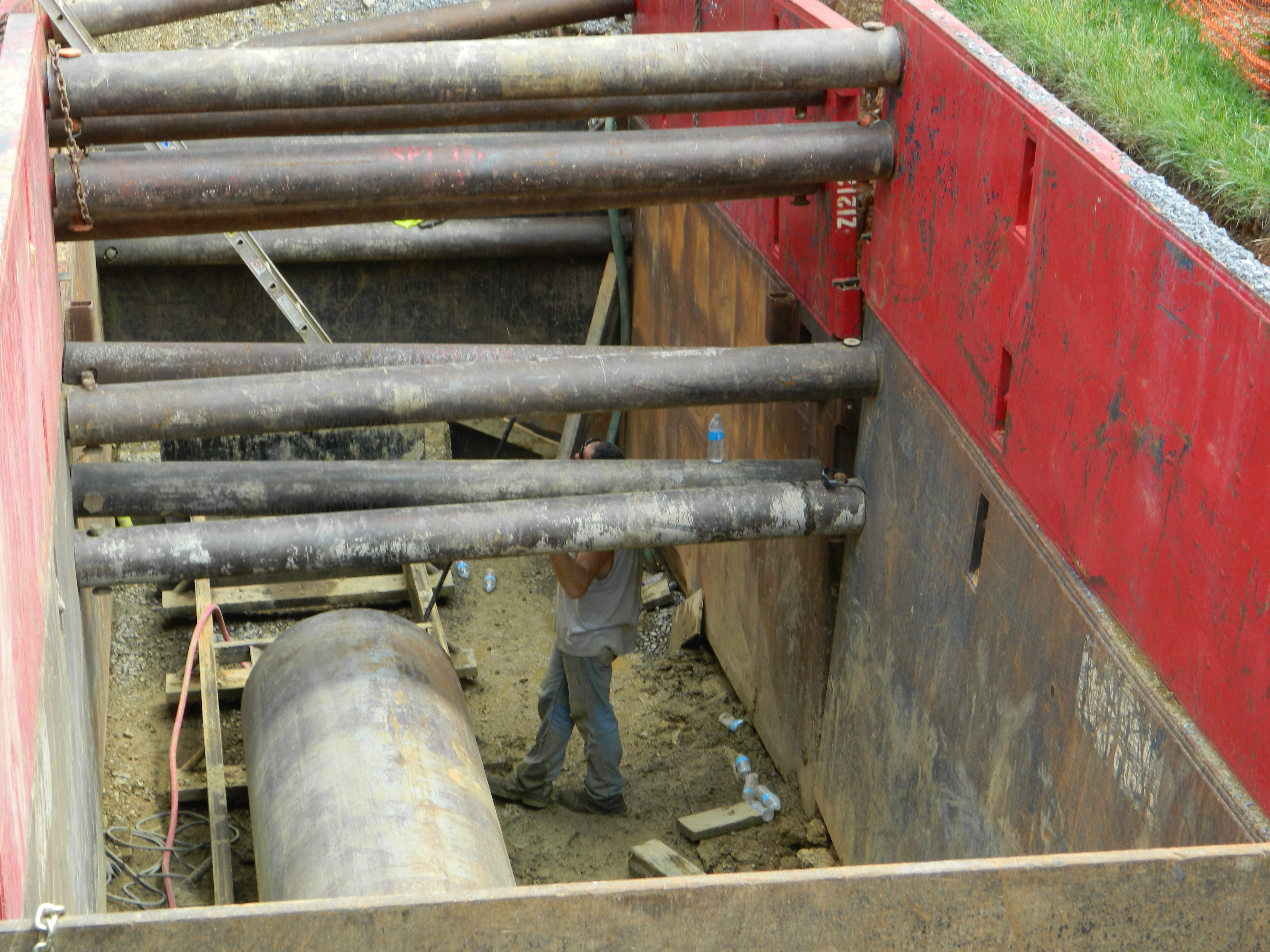CLEVELAND, Tenn. - A couple of drainage projects are either underway or on the table in and around Cleveland's historic district.
In a recent meeting, the Cleveland City Council discussed the projects with Tommy Myers, director of the Public Works Department.
The first phase of drainage renovations intended to alleviate standing water on residential properties between Centenary Avenue, Bowman Avenue and Eighth Street is approaching a benchmark, Myers said.
Contractors are boring under Centenary Avenue at a depth of 13 feet and expected to complete the task by June, he said.
"Once they finish up, [Public Works] will be taking off toward Bowman," Myers said. "The second phase of the project will go toward Ocoee Street."
The initial phase of the historic district work calls for installation of a new network of 36-inch and 30-inch drainage tiles in the area, while the second phase proposes to run 24-inch tiles from Centenary to Ocoee Street, he said.
A new catch basin will be installed on Ocoee Street to reduce street flooding that occurs near Lee University, according to project plans.
Council members asked that Myers present options that include the possible demolition of the nearby old Webb Building as part of Public Works' proposals to address spring-fed drainage concerns on First Street, near Inman Street and Oak Street.
The simplest solution to the project would be the purchase of an easement valued at an estimated $14,000, Myers said. However, the property owner wants $45,000 for the strip of property, he said.
Other scenarios presented by Myers involved circumventing the property and taking work over to Oak Street or Inman Street, with costs ranging from $35,000 to more than $100,000.
Councilman David May suggested the possibility of either partly or completely demolishing the Webb Building for use as a drainage tile route.
"If the building were down, would you want to run the [drainage] line different than you would now?" he asked.
The City Council has been trying to determine what to do with the donated building -- which has experienced basement flooding and mold problems -- for at least a year.
An insurance property loss control survey performed in May 2013 recommended that the structure be razed if flooding issues were not addressed and if it remained unoccupied.
Myers said a comprehensive list of options and costs for the First Street project will be prepared for the City Council's meeting on June 9.
Paul Leach is based in Cleveland. Email him at paul.leach.press@gmail.com.

